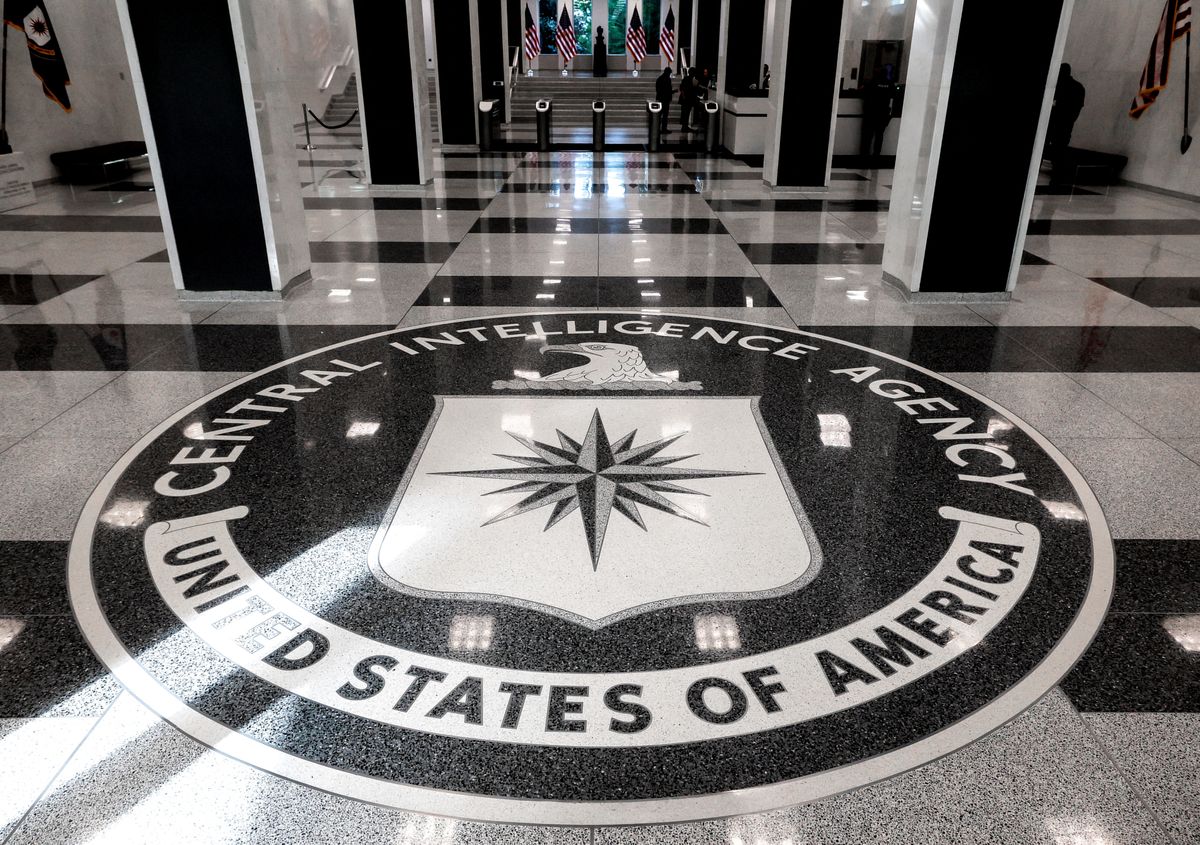The CIA has a new AI tool similar to ChatGPT
US intelligence agencies have now ventured into using large-language models and AI tools.

A few minutes every morning is all you need.
Stay up to date on the world's Headlines and Human Stories. It's fun, it's factual, it's fluff-free.
The backstory: It's no secret that China and the US have been engaged in fierce competition to lead the global technology scene, especially in the field of artificial intelligence (AI). In 2017, China revealed its ambitious plans to become the world leader in AI by 2030.
Last November, OpenAI's ChatGPT burst onto the scene, sparking a frenzy of investment in Silicon Valley. Tech giants like Google and Microsoft raced to outdo OpenAI in AI development. In response, Chinese tech giants like Baidu, Alibaba and Tencent also joined in, eyeing the vast Chinese internet market. But this heated competition led to a significant gap in AI investments. By mid-June, the US had attracted US$26.6 billion in AI funding, while China lagged behind at US$4 billion, according to Preqin.
More recently: In May, the US National Security Agency’s (NSA) research director, Gilbert Herrera, stressed the need for the intelligence community to leverage these models while protecting privacy. In August, the US Department of Defense, which oversees agencies like the NSA and the Defense Intelligence Agency, created a task force to explore the uses and challenges of large-language models.
The development: US intelligence agencies have now ventured into using large-language models and AI tools. The Central Intelligence Agency’s (CIA) Open-Source Enterprise division is leading the charge, developing an AI tool that's similar to ChatGPT. Its main goal is to make it easier for analysts to access open-source intelligence, which is essentially publicly available information (or in the case of the intel community, data that the government is allowed to purchase, like info collected by mobile phones).
This AI tool will track the origins of the info being analyzed, helping verify its source. Plus, it'll feature a chat function to let users share info with each other. While specific details about the AI model and data security haven’t come out, the CIA has expressed it’s been working closely with the tech industry. This tool will be used by different US intelligence agencies, including the CIA, NSA, Federal Bureau of Investigation and military-run groups. But it won’t be accessible to policymakers or the general public, so its exclusive within the intelligence community.
Key comments:
“We’ve gone from newspapers and radio, to newspapers and television, to newspapers and cable television, to basic internet, to big data, and it just keeps going,” said Randy Nixon, director of the CIA’s Open-Source Enterprise division, in an interview. “We have to find the needles in the needle field.”
“Then you can take it to the next level and start chatting and asking questions of the machines to give you answers, also sourced,” said Nixon, whose division oversees intelligence drawn from publicly and commercially available sources. “Our collection can just continue to grow and grow with no limitations other than how much things cost.”
“The intelligence community needs to find a way to take benefit of these large models without violating privacy,” said Gilbert Herrera, director of research at the National Security Agency, in an interview. “If we want to realize the full power of artificial intelligence for other applications, then we’re probably going to have to rely on a partnership with industry.”




Comments ()